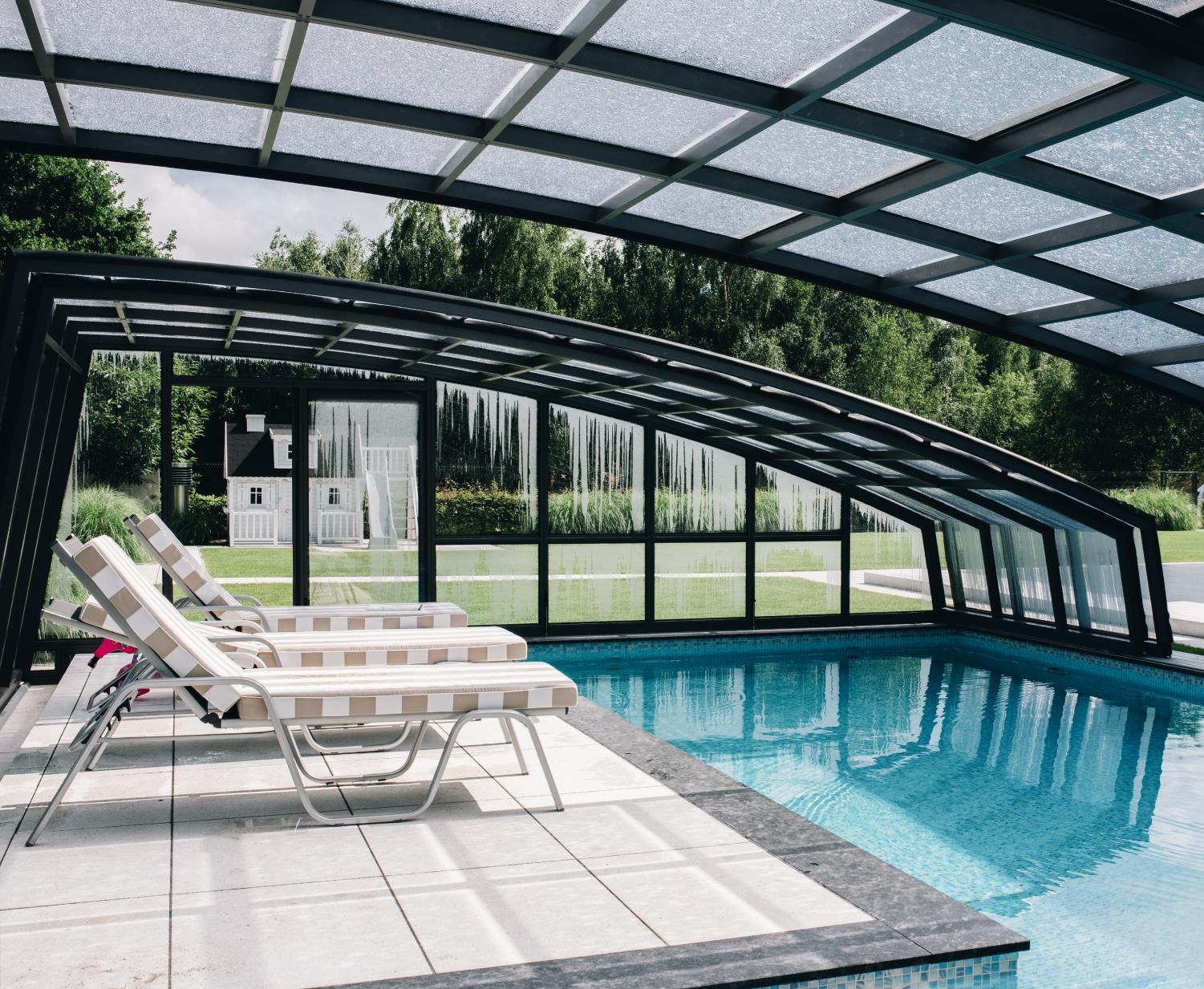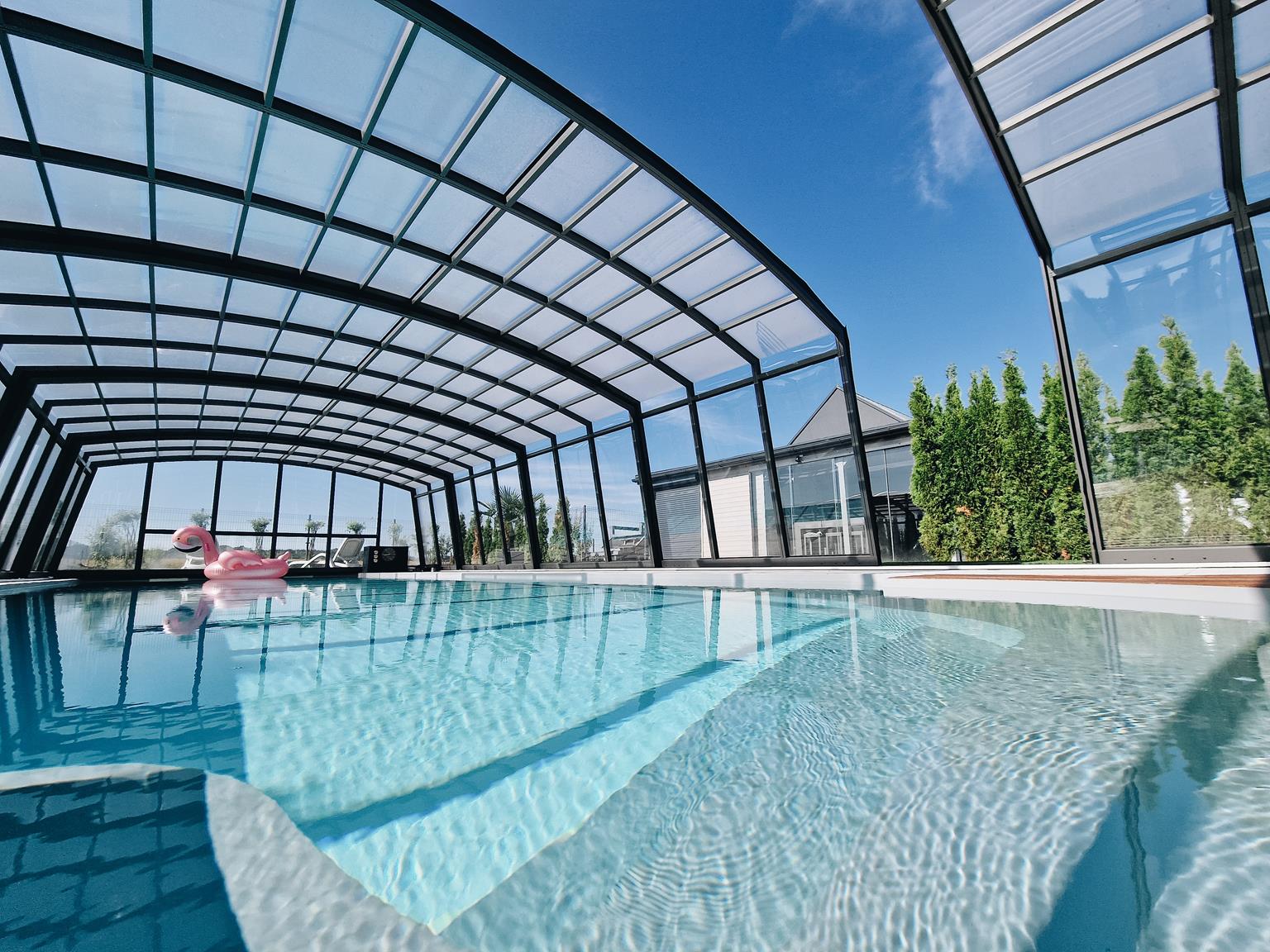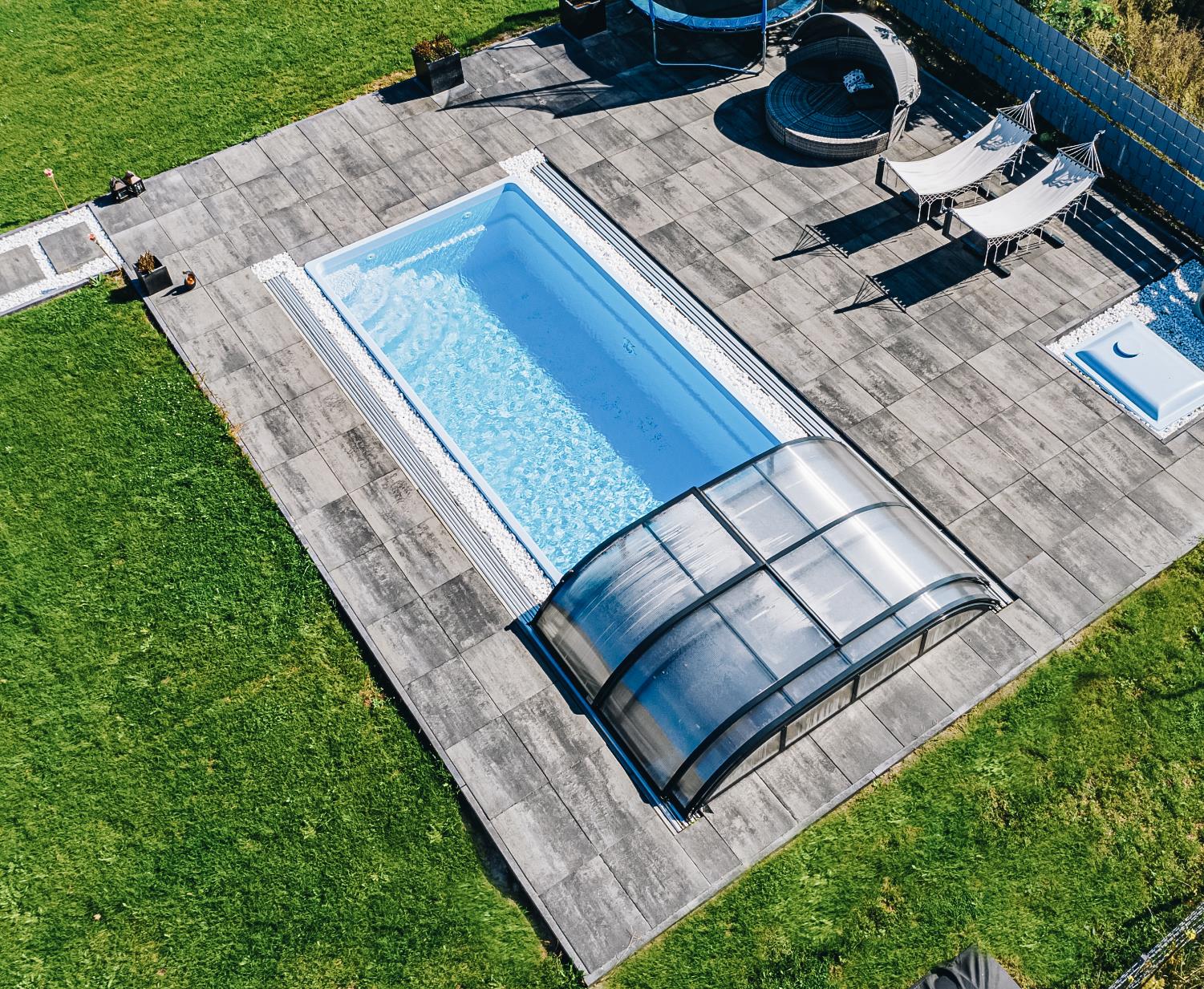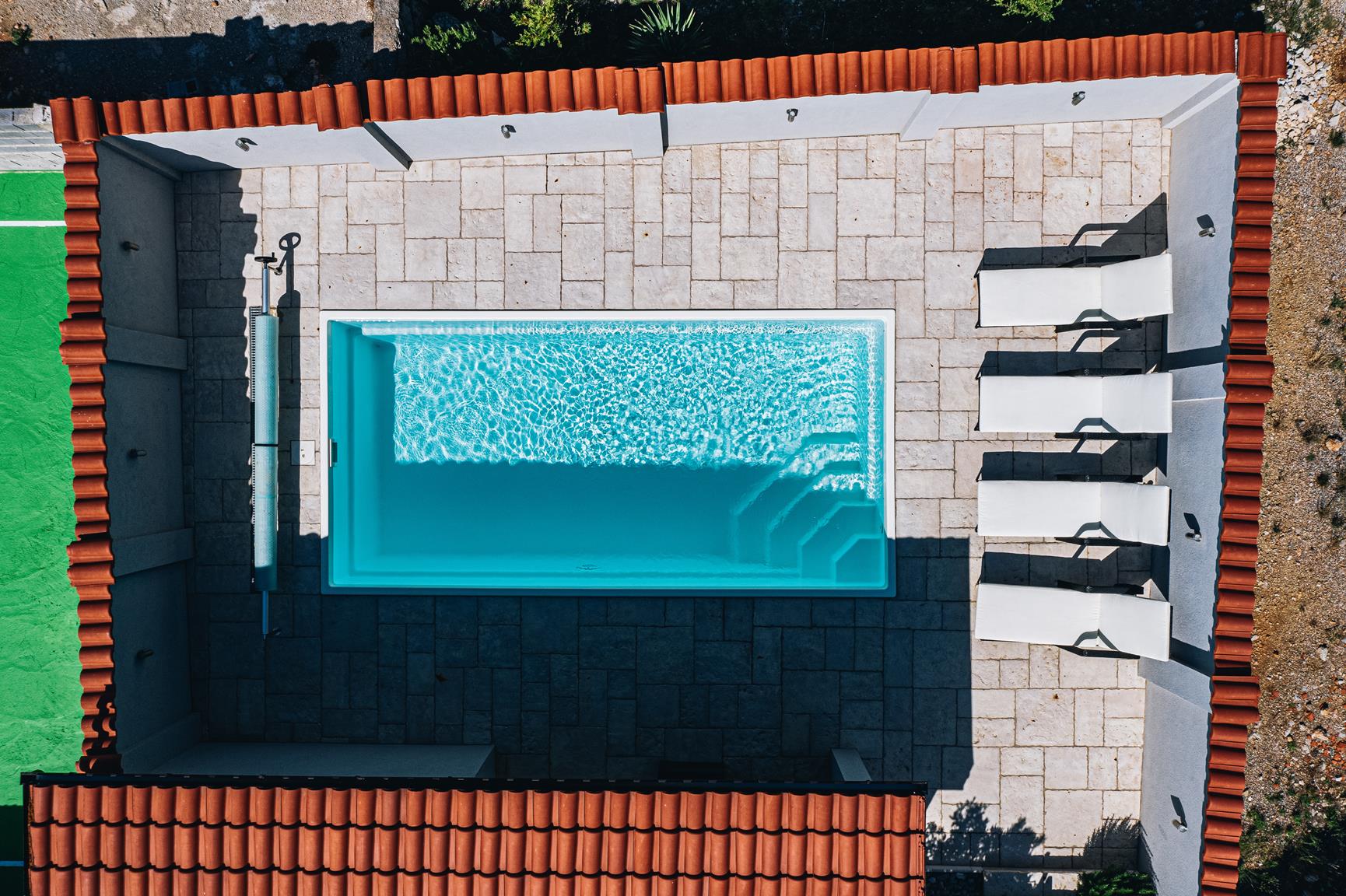
Winterizing your garden pool can raise many questions: How should you prepare the pool for winter? What’s the best way to protect the pool? Should you drain the water? Are there special winterizing products? In this article, we’ll address these questions and more to help you properly prepare your pool for the upcoming winter season.
To winterize your garden pool effectively, there are several key steps to follow to protect it from damage and ensure clean water come spring. Before you begin, make sure you have all the necessary materials, such as a cover, special floats, and appropriate chemical treatments. It’s crucial to follow the manufacturer’s recommendations for all procedures. Regularly checking the water’s condition and its parameters throughout the winter season can also help prevent potential issues. Remember, properly winterizing your pool is an investment in its longevity and the quality of water for the spring.
The first step in preparing your pool for winter is thorough cleaning. Remove leaves, dirt, and any other debris from the water and the pool walls using a net and pool vacuum. Next, check the water parameters and add the appropriate chemicals to balance the pH and prevent algae growth. Properly preparing the water for winter is crucial to enjoying clean and healthy water when spring arrives. After preparing the water, lower its level to prevent damage to the pool’s equipment.
Instead of completely draining the water, leaving it at a level 5-15 cm below the skimmer or inlet jets can help prevent damage to the pool structure. It is essential to prepare the water properly for winterization. Before lowering the water level, thoroughly clean the pool and balance its chemical parameters. The ideal water parameters to maintain for winter are a pH level between 7.2 and 7.6. Keeping the pH within this range helps prevent corrosion and the buildup of deposits. Depending on the situation, use chemicals to either raise or lower the pH as needed.
Covering your pool with a special tarp or safety cover is a crucial step in preparing it for winter. If you don’t have another type of pool cover, a tarp will protect the pool from debris and prevent rainwater and snow from accumulating in the basin. When choosing a tarp, ensure it fits properly with the size and shape of your pool.
Before covering the pool, make sure the water is clean and properly balanced. Using a tarp not only protects against mechanical damage but also keeps animals out. Regularly check the condition of the tarp throughout the winter to address any damage promptly. Additionally, be sure to remove excess snow from the tarp or pool cover to prevent strain and potential damage.
Properly winterizing your garden pool is essential for maintaining clean water and protecting the pool’s structure during the winter months. Follow these steps to ensure your pool is ready for winter:
By following these steps, your garden pool will be well-prepared to endure the winter months, ensuring clean and safe water for the spring.
Preparing your garden pool for winter requires several specialized accessories to protect the pool from frost and maintain clean water. Here’s a list of the most essential accessories:
In summary, preparing your garden pool for winter involves several essential steps:
By following these steps, you’ll ensure your pool remains in good condition throughout the winter, making it easier to enjoy clean water and an intact pool structure come spring.
Take care of your garden pool and get it ready for winter with our detailed guide and checklist. The document includes:

Are you considering buying a swimming pool? Or do you already have one in your garden? Our newsletter is your source for interesting facts, discounts, and practical pool tips!





